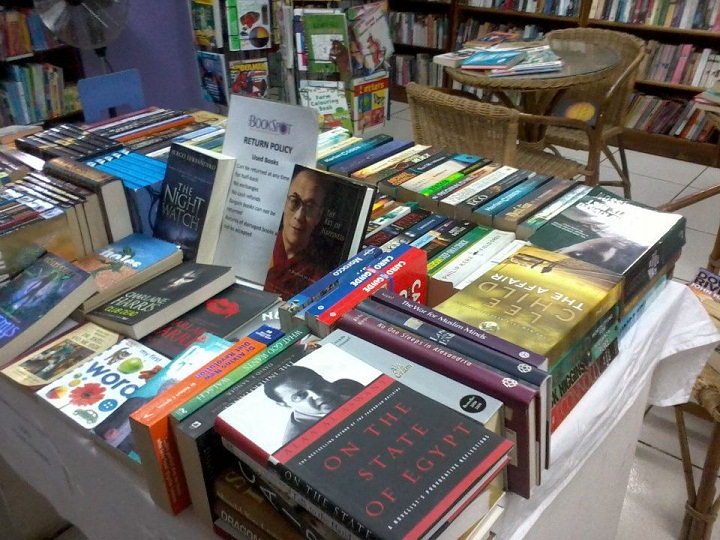In of the busiest parts of Sarrayat El-Kobba lies the Museum of Saad El-Khadem and Effat Nagy, just around the corner from the underground station by the same name. Yet the place somehow still retains the peace and serenity of bygone days. The energy of two of the most influential artists of the 40s and 50s still clings to the walls of their three- storey villa.
Effat Nagy was born in 1905 to an aristocratic family in Alexandria and died at her home in 1997. Her brother is art pioneer Mohamed Nagy. She started taking drawing seriously at the early age of 10. She was trained to paint by a private tutor and by her brother. Nagy was infatuated with music and theater. She enrolled in the Arts Academy in Rome in 1947 and in the 50s, she accompanied French Artist Andre Lotte and visited the Pharaonic temples and Nubia, which she painted under his supervision.
In 1963, she was chosen along with another 64 Egyptian artists by the Ministry of Culture to travel to the south to observe the phases of the construction of the High Dam and to document Old Nubia before being submerged under the high dam waters. The effect could be seen in her animated paintings of the High Dam. At the age of 49, she married artist and folklore researcher Saad Al-Khadem.
Nagy was highly influenced by the research of her husband in folklore and popular culture; this can be detected in her studies of old Islamic and Coptic manuscripts and parchment. Their travels to Sinai and far-flung deserted areas left an indelible mark on her art.
In 1956, Nagy’s brother, artist Ahmad Nagy, made a bold statement: He told his sister that she surpassed him to the world of artistic independence and modernity, while he was bound by his academic training.
After the death of her husband and brother, she felt committed to promoting and preserving their work. She was adamant on drawing attention to the continuity of the process linking them. It is therefore difficult to separate her art from the cohesive tradition of thought starting with Mohamed Nagy’s call in 1920 for more attention to the continuity of Egypt’s folkloric heritage, and continuing with El-Khadem’s extensive research and writing during the 50s. But, it was Nagy, who captured through her art their unrealized aspirations.
A trip to the subdued villa in Helmiyet El-Zeitoun is a pleasant surprise to art lovers. The austerely furnished three-storey house holds very few personal belongings of the two artists but is a treasure trove carrying 25 paintings by Effat Nagy and 34 works by her husband Saad El Khadem.
The couple had been highly prolific till the end of their days. Nagy was not only keen on symbols and folklore, but also on astrology, which can be seen in her paintings of the signs of the Scorpio and Pisces found on the first floor.
The second floor exhibits the works of Saad Al-Khadem with their assertive colors, long confident lines and pure folkloric symbols. One startling canvas is Al-Khadem’s nude painting of his wife. The topmost and third floor is dedicated to a huge library on folkloric arts, culture and mythology, an almost comprehensive resource for folklore and art researchers.
Al-Khadem also contributed to raising awareness about art. In the 40s, he started publishing “Al-Mousawar,” a periodical featuring art reviews, studies and research at a time when funds allocated for art were drying up. He continued to write for several newspapers and magazines about the latest in both the local and international art scenes.
The underlying element that links El-Khadem and Nagy’s work is a novelty devoid of foreignness. In spite of their contribution to Egyptian art, she was ignored by the Ministry of Culture to which she donated her villa in Helmiyet El-Zeitoun. In comparison, the appreciative French government published a book about her life and art in Arabic and French.
Saad El-Khadem and Effat Nagy Museum
12, Karim St., Off Selim El-Awal St.,
Sarrayat El-Kobba, Cairo
Tel: (02) 258-3703
Open 10 am–4 pm. Closed Tuesdays. Admission free.


